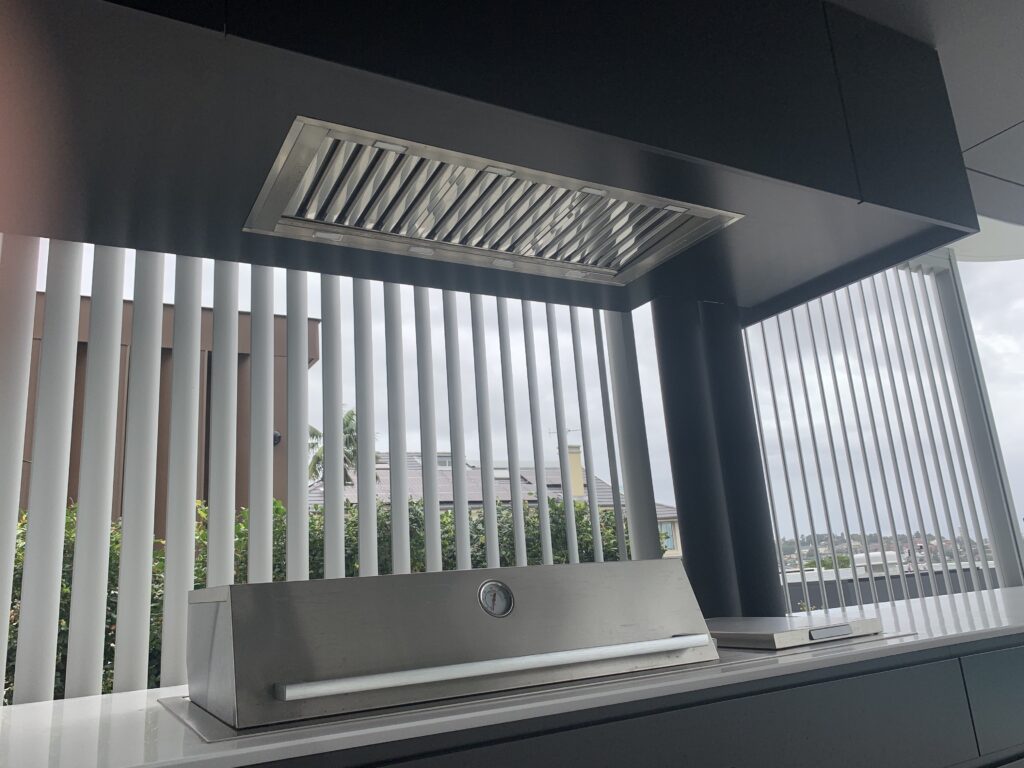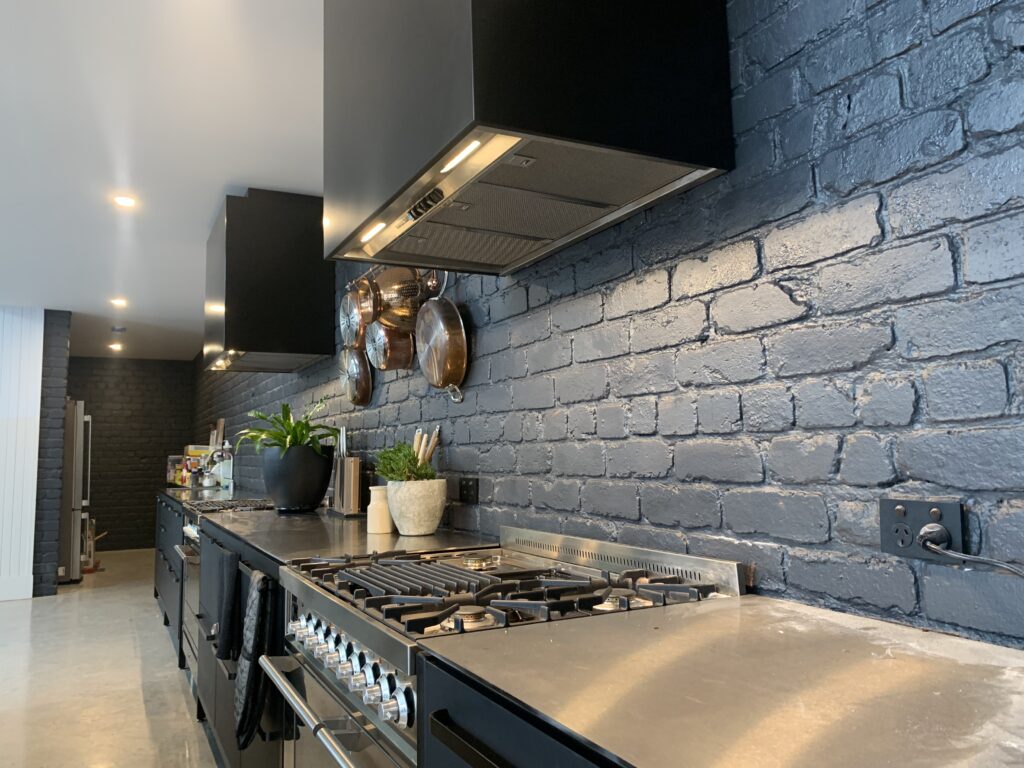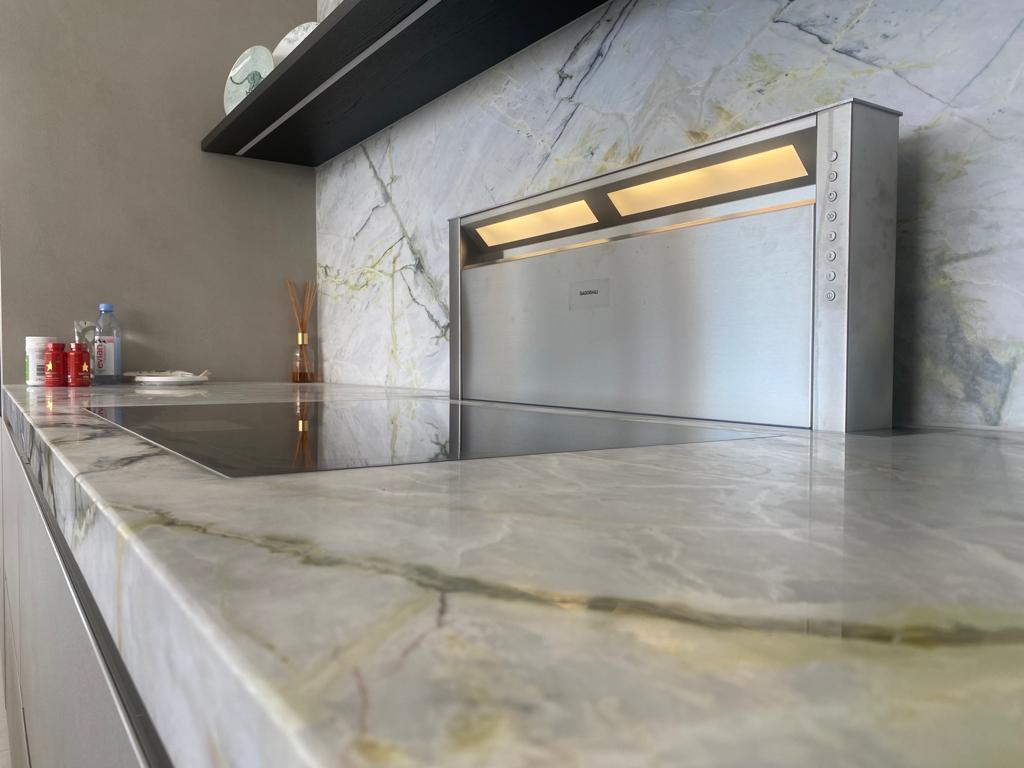Rangehood filters are placed above stoves to trap and eliminate smoke, grease, and debris, preventing them from entering the ventilation system. Grease, particles matter from smoke, and other sorts of waste would build up in the air ducts without these filters, posing a fire threat.
The majority of rangehood filters are made of an aluminum mesh-like material. The weave of this cloth is comparable to that of a window screen but much tighter. Its texture is usually thicker than a window screen, allowing it to absorb relatively heavy stuff without bending or collapsing.
To help you decide which filter to pick for your range, we’ll explain how the most common types of filters work, as well as their corresponding pros and cons.
Baffle filters

Stainless steel baffle filters are becoming increasingly popular and favored for usage in both commercial and residential kitchens.
Baffle filters are made up of interconnecting baffles that form a tortuous path for grease to pass through. The oil particles follow the flat surface of the filter’s vanes down to the canopy holding casings, where they gather. This reduces the likelihood of build-ups obstructing airflow.
Their appearance contributes significantly to their success. However, because flames from the hobs cannot flow through the baffle filter and into the intake, a baffle filter provides superior grease filtration and a lower fire risk rate.
One disadvantage is that these filters are much heavier than mesh filters, which may make them more difficult to install. They are also often more expensive, but they make up for it in the long run by being more durable.
Mesh filters

Another common rangehood filter is the mesh filter, composed of numerous layers of mesh. A frame of aluminum holds the layers of steel or aluminum mesh together. This lightweight design is widely used in induction ranges.
Mesh filters, in other words, are made up of a network of metallic wires that form a filter cloth with specified, stiff pore holes. Because of their versatility, they are suited for most filter systems. They are also simple to clean, precise and long-lasting.
Grease traps trap greasy vapors generated during the cooking process within layers of mesh. However, if those filters aren’t cleaned on a regular basis, grease will build up and impede the airflow, causing the extraction system to perform inefficiently.
Mesh filters are often louder than baffle filters, despite being less expensive and lighter. They are less resistant to high temperatures, resulting in less protection against fire hazards.
Charcoal filters

Stainless steel baffle or stainless steel mesh filters are used in ducted hoods, whereas charcoal filters are used in most ductless or recirculating hoods.
Recirculating hoods make the air they extract from the stovetop circulate back into the kitchen, unlike ducted hoods, which transfer the cooking exhaust out of the kitchen and out of the house.
Charcoal filters have a black mesh appearance and can be made up of a single layer, numerous layers, or even a honeycomb structure. All of this is done to maximize the available surface area, which is critical to their effectiveness and longevity.
However, it’s best to note that charcoal filters are not reusable and are generally much less efficient than their metal counterparts.
Interestingly, rangehoods that use mesh or baffle filters can be made to recirculate air too. You’ll also need charcoal filters to catch oil and odors produced by your cooking. After that, the air returns to your kitchen.
Choosing the best filter
The ideal rangehood filter is determined by your cooking habits as well as the hood type.
Baffle filters are the perfect solution if you do a lot of cooking or enjoy oily foods. Mesh filters are a great option for casual chefs. Charcoal filters are also an excellent idea if you need to recirculate the air in your kitchen.
The size of your rangehood filter will also vary depending on the model. The narrower your hood is, the smaller your filter will be, and the fewer filters you’ll need.
If you’re interested in having a filter for your rangehood but aren’t exactly sure about what to get, drop us a message at Sydney Rangehoods and let us help you pick the best choice for your cooking range.
